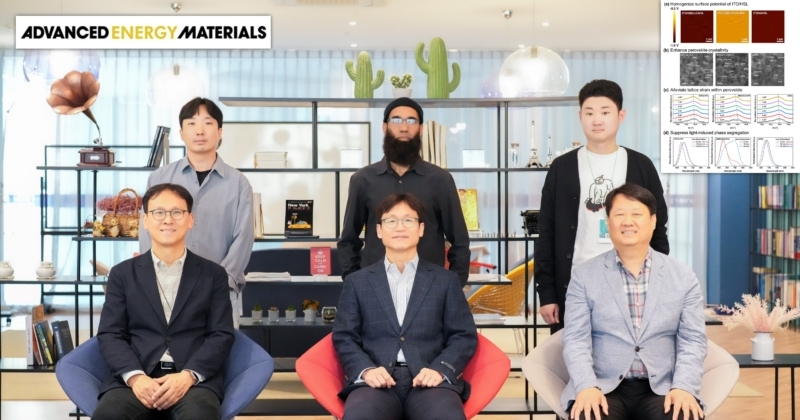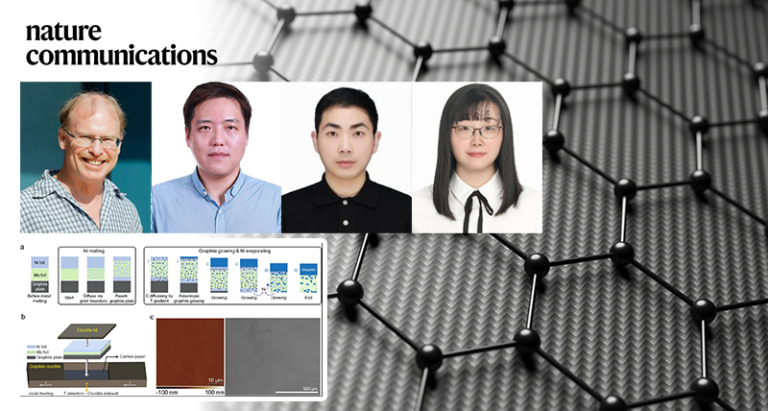A novel thin-film material, capable of simultaneously enhancing the efficiency and durability of tandem solar cells has been developed.
Led by Professor BongSoo Kim from the Department of Chemistry at UNIST, in collaboration with Professors Jin Young Kim and Dong Suk Kim from the Graduate School of Carbon Neutrality at UNIST, the team announced the development of a multi-functional hole-selective layer (mHSL) designed to significantly improve the performance of perovskite/organic tandem solar cells (POTSCs).
Tandem solar cells are advanced photovoltaic devices that stack two different types of cells to absorb a broader spectrum of sunlight, thereby increasing overall energy conversion efficiency. Among these, combinations of perovskite and organic materials are particularly promising for producing thin, flexible solar panels suitable for wearable devices and building-integrated photovoltaics, positioning them as next-generation energy sources.
The research team successfully developed a hole-transport layer (HTL) by blending two self-assembled molecules, achieving a record open-circuit voltage (VOC) of 2.216 V and a power conversion efficiency (PCE) of 24.73%. The VOC, which reflects the maximum voltage the cell can produce without current flow, is a critical indicator of device performance. This efficiency level is among the highest ever recorded for perovskite-organic tandem solar cells globally. Moreover, the device maintained over 80% of its initial efficiency after prolonged exposure to high temperatures of 65°C and continuous illumination, demonstrating excellent long-term stability.
The newly developed HTL is carefully engineered to align its energy levels with the perovskite active layer, selectively extracting holes while blocking electrons, thereby reducing charge recombination losses. Efficient charge extraction is essential because, after light absorption, electrons and holes must reach their respective electrodes to generate current; misaligned energy levels cause charge loss and reduced efficiency.
Additionally, this HTL reduces interface defects that hinder charge transport and stabilizes the crystal structure, thanks to the strong chemical bonds formed between the substituents of the self-assembled molecules—36ICzC4PA and 36MeOCzC4PA—and the metal ions within the perovskite layer. The self-assembly property of these molecules ensures a uniform, ultra-thin coating over large areas, simplifying manufacturing processes and facilitating scalable production for commercialization.
Professor Kim commented, “By developing a self-assembled hole transport layer that improves charge extraction, interface stability, and structural durability, we have made a significant leap forward in enhancing the performance of tandem solar cells. This development brings us closer to realizing thin, flexible, and high-efficiency next-generation solar panels for practical applications.”
This research involved first authors Jung Geon Son and Shahid Ameen and was published in Advanced Energy Materials on April 8, 2025. The study was supported by the National Research Foundation of Korea (NRF) through the Ministry of Science and ICT (MSIT).
Journal Reference
Jung Geon Son, Shahid Ameen, Jina Roe, et al., “Exceeding 2.2 V Open-Circuit Voltage in Perovskite/Organic Tandem Solar Cells via Multi-Functional Hole-Selective Layer,” Adv. Energy Mater., (2025).



